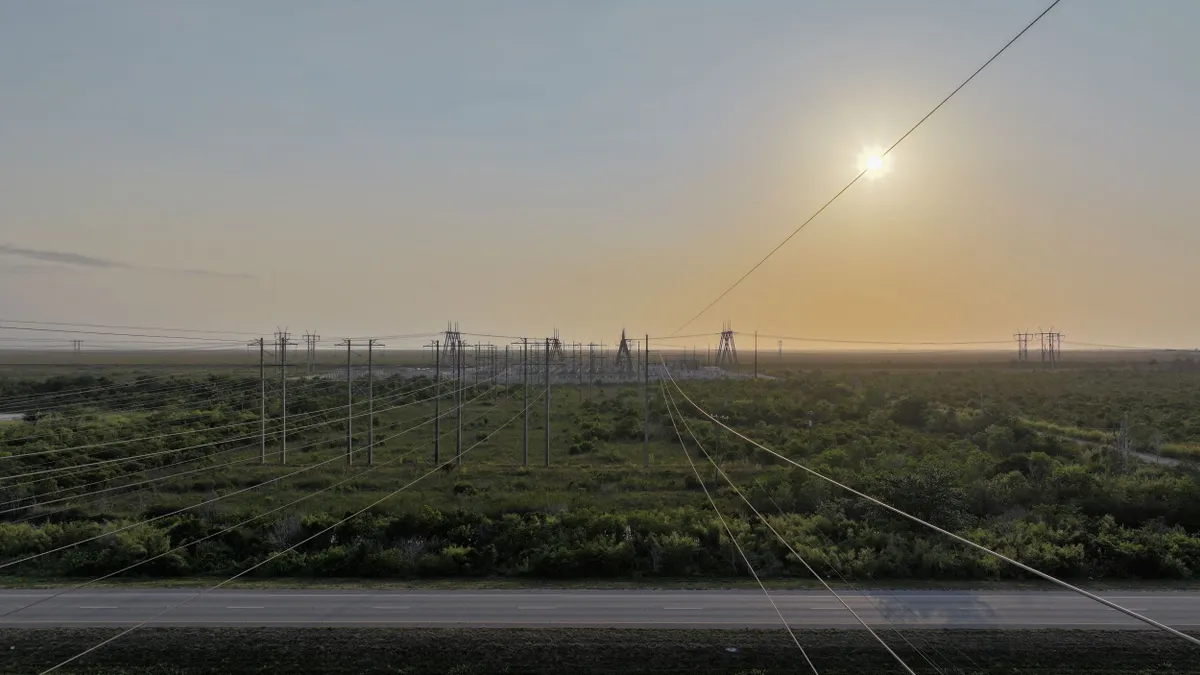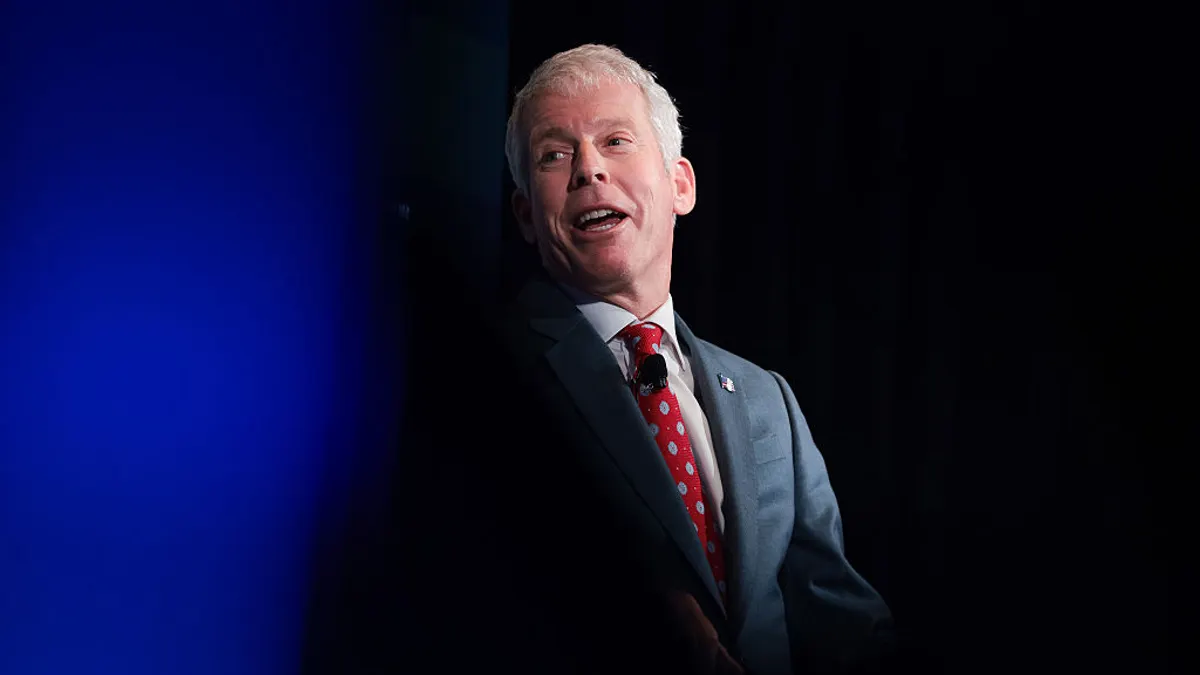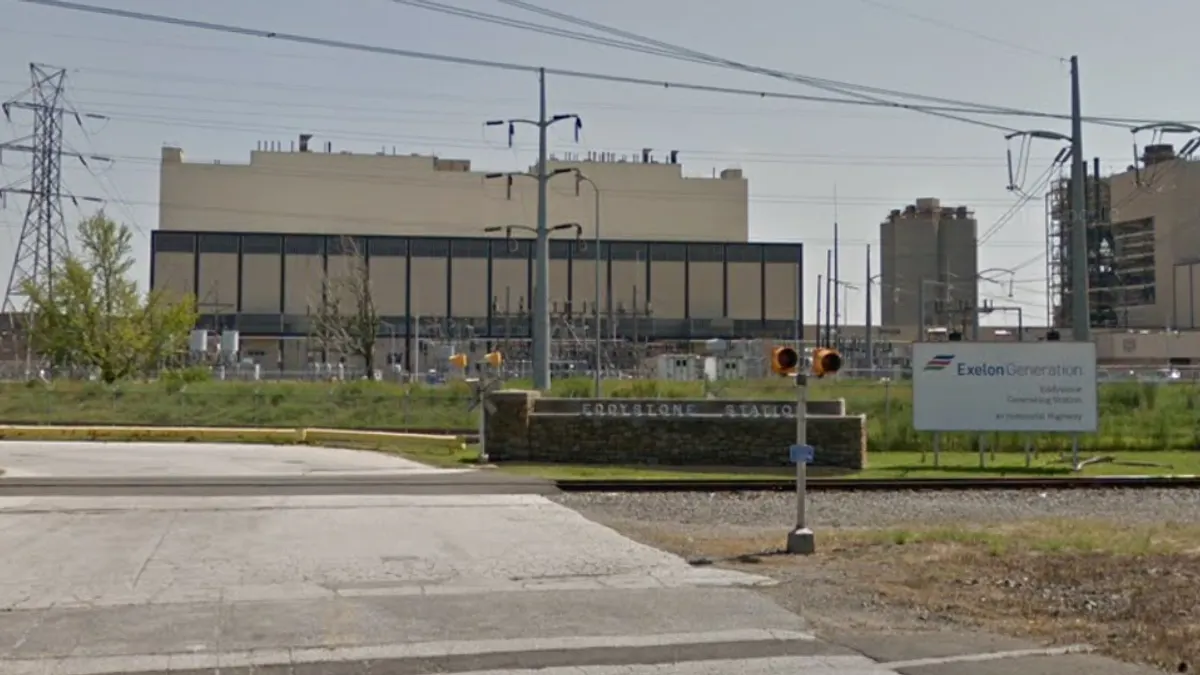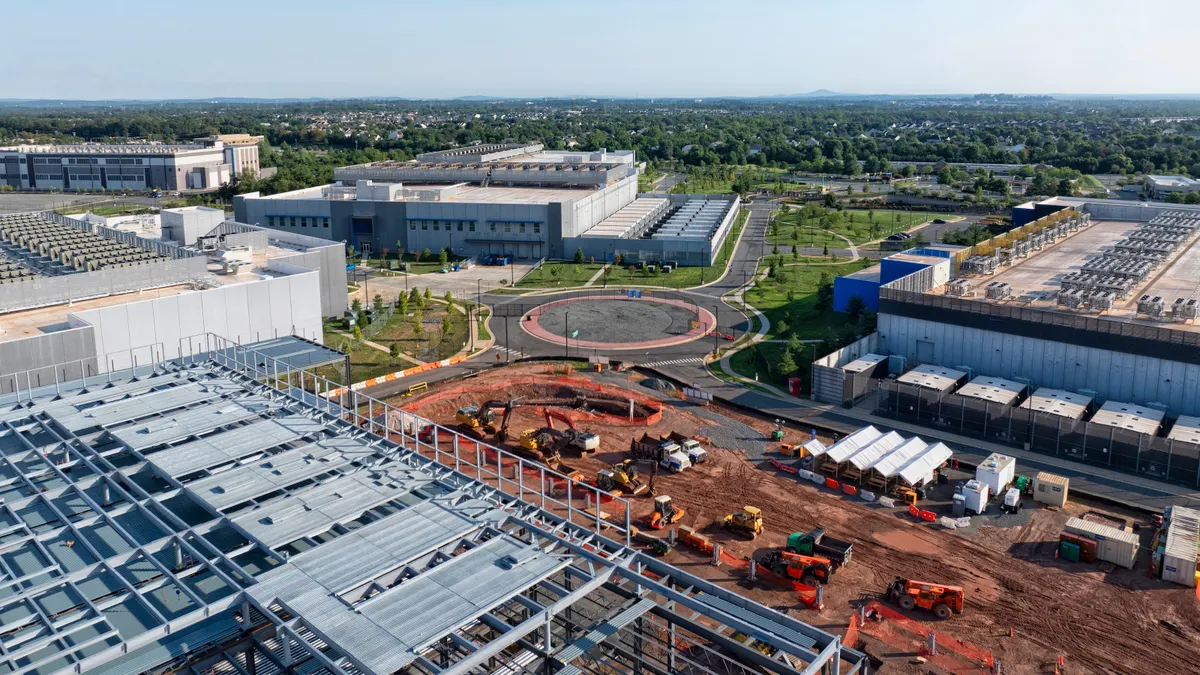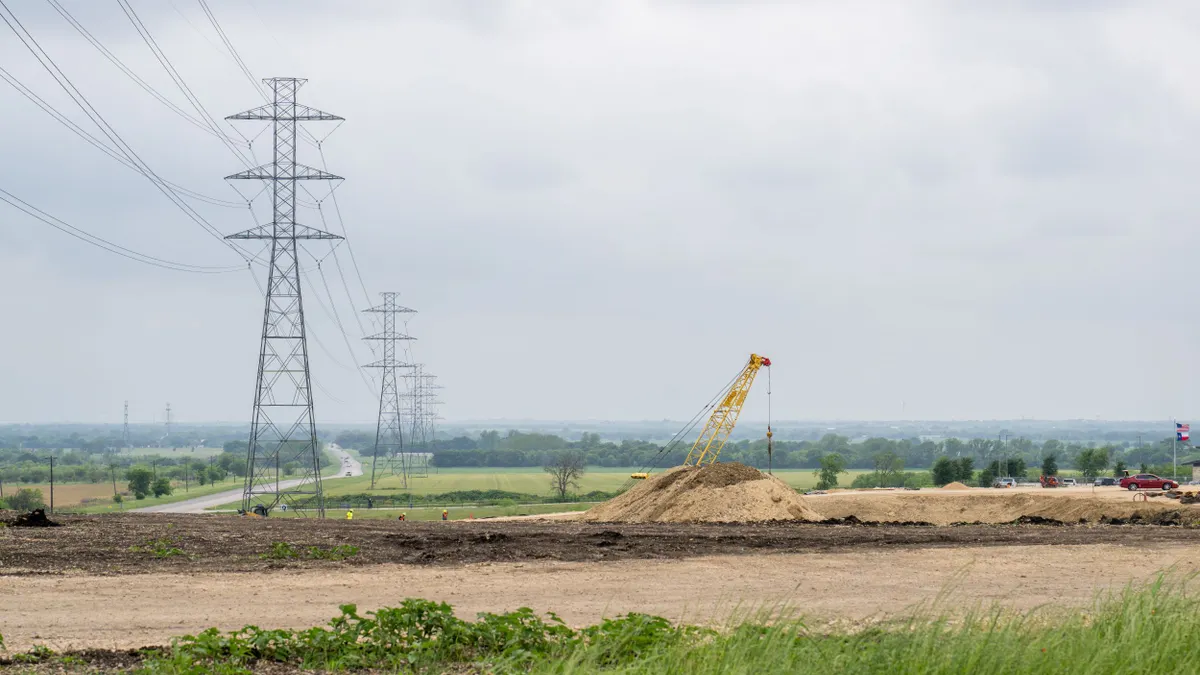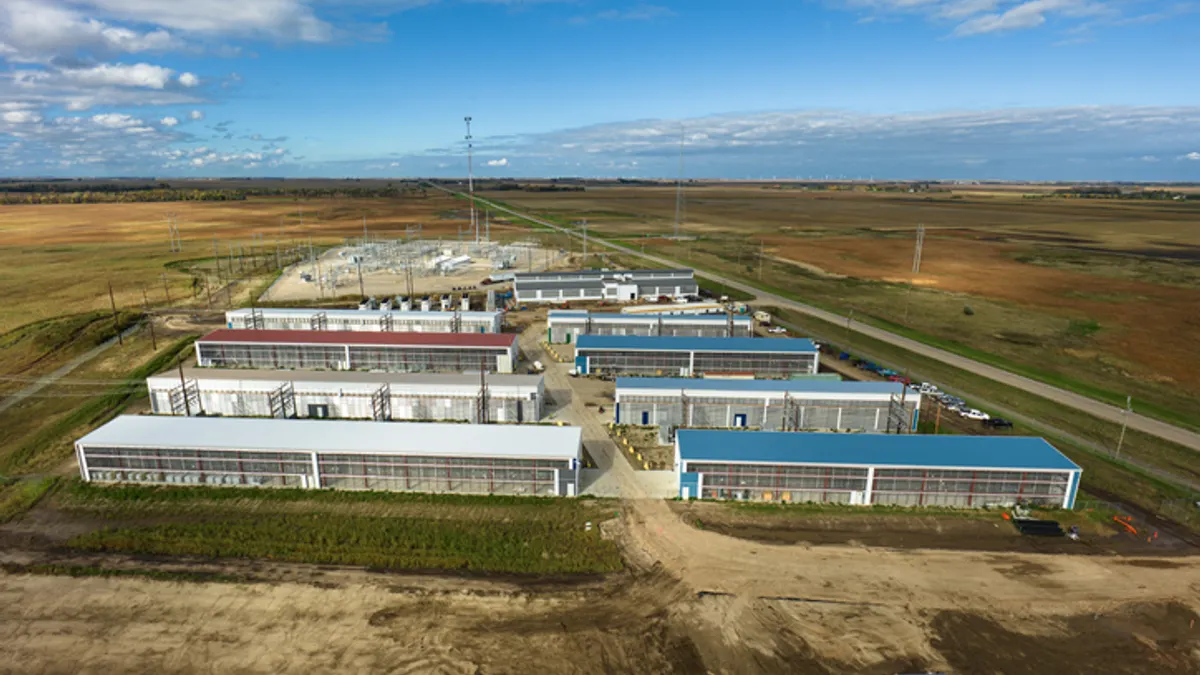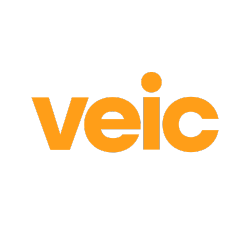Rich Glick and Neil Chatterjee served as commissioners with the Federal Energy Regulatory Commission. Glick chaired FERC between 2021 and 2023. Chatterjee chaired the agency in 2017 and again from 2018 to 2020. Glick is now a principal at GQS New Energy Strategies, and Chatterjee is the chief government affairs officer at Palmetto.
The American economy needs more low-cost, reliable power to grow. Demand for electricity in the United States is expected to increase at a historic pace as new data centers and manufacturing plants continue to come online. By 2029, nationwide electricity demand is projected to increase by 15.8%, according to Grid Strategies. Growth in data centers alone could require anywhere from 65 GW to more than 90 GW of power.
To meet this increased demand, we are going to need to build more power plants, but we also must build out the electric grid by adding new electric transmission capacity.
However, transmission is not being built in sufficient amounts during the time frame necessary to meet demand. In addition, it can take ten years, sometimes even longer, to plan, site and construct high-voltage regional and interregional transmission lines.
Luckily, there are things we can do now to help address more immediate system needs. Grid-enhancing technologies and high-performance conductors provide an opportunity for grid planners to squeeze more out of existing transmission lines and rights-of-way. GETs include hardware and software that increase a line’s capacity, reliability and safety, using dynamic line ratings, advanced power flow control and topology optimization.
Similarly, replacing wires with HPCs can double existing infrastructure capacity at about half the cost of a new line. These technologies also improve line efficiency: HPCs with carbon cores can reduce energy losses by at least 20%, while deploying superconductors can reduce line losses by upwards of 80%.
While GETs and HPCs alone cannot meet near-term demand growth needs, they are low-cost tools which can bypass many of the regulatory challenges that slow the buildout of new lines.
Additional transmission capacity will also help alleviate congestion on the system, which occurs when there is not enough capacity to transport the lowest-cost generation to consumers. Grid congestion cost Americans an estimated $11.5 billion on their power bills in 2023 alone. The potential cost savings from deploying these solutions are considerable. For instance, PPL Electric Utilities has deployed dynamic line ratings to avoid more than $20 million in annual grid congestion costs.
GETs and HPCs also enhance grid reliability. Increased transmission capacity allows regional grid operators and utilities to access new sources of energy when weather conditions or other events increase electric demand to levels that localized generating capacity cannot adequately handle. Moreover, the new transmission capacity also enables utilities and grid operators to meet growing energy demand more reliably on a daily basis. GETs also facilitate improved grid monitoring that is affordable and scalable to help improve vegetation management, address external threats to the grid such as wildfires and other extreme weather incidents, and monitor the operations of an increasingly aging set of transmission assets.
Advanced transmission technologies will provide numerous benefits, but misaligned economic incentives often keep utilities from integrating them into their transmission planning processes.
Fortunately, there have been several noteworthy policy developments and supportive statements for these technologies in recent years. During our tenures at FERC, the commission held several technical conferences to consider the benefits of GETs and examine opportunities for incentivizing utility investments in these technologies.
More recently, FERC required that GETs and reconductoring be considered in regional transmission planning and grid interconnection processes. And the commission launched a proceeding to consider possible requirements for dynamic line ratings under some circumstances.
Although progress has been made at FERC, it is up to the states to take the next step on GETs and HPCs. The National Association of Regulatory Utility Commissioners passed a resolution in late 2024 calling on Congress to “appropriate sufficient funds” to support utilities, grid operators and states with the deployment of these technologies. At least 10 states passed legislation in 2025 requiring, at minimum, the consideration of advanced transmission technologies.
Many state regulators will now have an opportunity to work with their utilities to fully evaluate these technologies when considering local upgrades as well as in longer-term regional planning.
Given the urgent need to bring new generation online and keep costs low for customers as demand grows, we must maximize the use of the existing system through advanced transmission technologies. Economic growth relies on low-cost reliable power, and state regulators — in their state commissions and in regional planning processes — now have an important opportunity to ensure that growth is supported by cost-effective investments in advanced transmission technologies.


